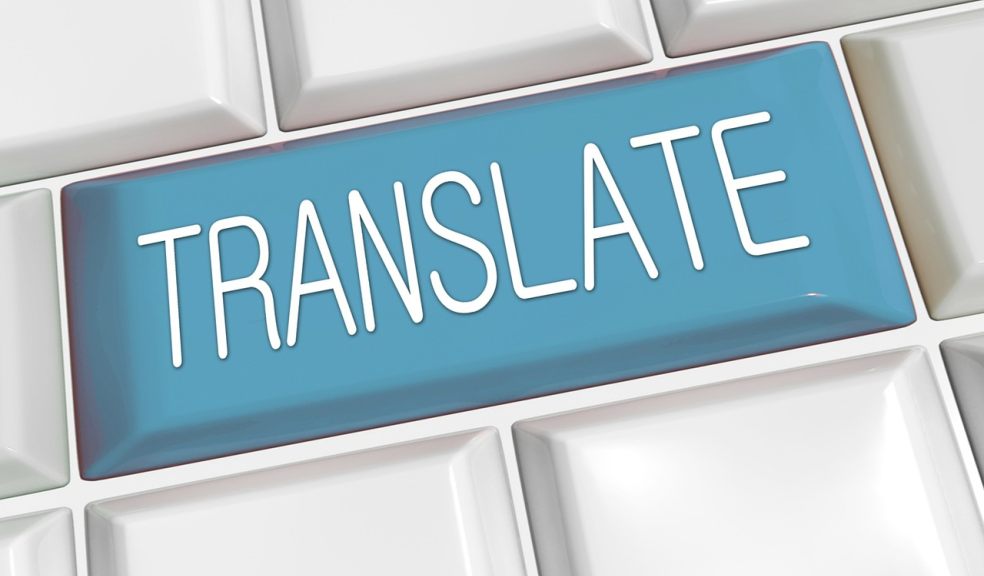
Tips for Managing an Efficient Multilingual Project
Multilingual projects can be created for a range of reasons. They can also be exciting to run, whether you’re developing a product for an overseas market, launching an international advertising campaign, or doing something else related!
A few measures should often be implemented to succeed in this effort. All project managers must adopt more than a few principles, but once things venture into the multilingual territory, further responsibilities can branch out from this development.
What are these responsibilities? Are there specific things you can do as a multilingual project manager to make things easier for everybody involved? Read on if you’re interested, as we’ll provide some answers to these questions.
Work with Translators and Interpreters
Obviously, a multilingual project requires your business objectives to be communicated in other languages. While you might have a staff member on the payroll who’s a native to the region you’re targeting, it’s not necessarily fair or practical to ask them to translate and interpret everything.
Therefore, you should aim to work with a professional service like Rosetta Translation, which specialises in language services and high-quality document translation. They have multi-sector expertise in all major languages, working in the legal, medical, and financial fields. Moreover, they can provide 24/7 support, so nothing will ever get lost in translation – literally!
Of course, it’s not just about the words written down on documents or digital files, either. Rosetta Translation also presents industry-leading standards with interpreting services too, with court, sign language, telephone, whispered, and consecutive interpreting offerings being put forward. All of the dialogue around your multilingual project can flow without unnecessary hiccups and setbacks.
These services can be vital from a legal standpoint too. After all, if something does get misunderstood, it can compromise the integrity of the entire multilingual project and put certain participants in very troubling, disadvantaged situations. Flawless communication is essential, so work with expert translating and interpreting services to ensure no ugly situations arise.
Be Comfortable Using English Predominantly
You wouldn’t need translators and interpreters if you, your colleagues, and your partners were all fluent in languages from overseas. But alas, they’re needed, so you must recognise what that means for you and your team.
Some project managers of multilingual projects can feel ‘guilty’ or ‘conflicted’ about using English as an intermediary language during the effort. Nevertheless, it makes sense to do this for a few reasons, which include:
- Ensuring that you communicate your ideas flawlessly.
- English is more likely to be spoken by all involved with the multilingual project, considering it’s the world’s most spoken language, with 1.5 billion speakers as of November 2022.
- Creating a sense of consistency across the project when everyone’s on the same page, which in turn facilitates a more comfortable and confident working atmosphere.
If you’re working with overseas partners, by all means, learn some of their vocabulary or simple phrases to highlight your respect and establish stronger B2B relations. Don’t put yourself or your team through the trouble of learning too much of a foreign language. It’s not worth it, and you’ll have more important things to do for the duration of the multilingual project than worrying about that.
Factor in Cultural Differences
Your multilingual project should step on as few toes as possible – preferably none (though this isn’t always possible, depending on the nature of your work). Remember, there’s a greater sense of social justice today and more of an acute awareness surrounding one another’s cultural differences.
So, depending on the purposes of your multilingual project, it’s worth considering these types of contextual factors. That way, there’ll be no controversies surrounding your work and thus nothing to distract from what you’re trying to achieve.
You might wish to include or omit various cultural differences to make the marketing materials around your multilingual project squeaky clean. These factors may include:
- Religious holidays – More religious holidays are being observed in the UK, but still, they may be of greater significance and importance elsewhere in the world.
- Geopolitical tensions – We won’t delve into details, but we all know international relations can be at a boiling point between nations at any given point in history.
- Strict taboos – What’s considered normal in your country could be illegal in another. Public displays of affection aren’t taken well in Ghana, for instance.
- Humour – Jokes popular in the UK may not necessarily land as well in a place like Tokyo.
- Expressions and gestures – Pointing is considered rude in Malaysia, so people often use their thumbs or open hands to gesture at things.
It’s possible to overthink these measures. Nevertheless, so long as you and your team do your due diligence beforehand with research, it’s highly unlikely you’ll put a foot wrong.
Investigate Government Support Networks
Dabbling in foreign markets for the first time can be overwhelming. Depending on the context of your multilingual project, some government help may be available to you.
For example, UK companies employ around 52,000 US citizens in the Los Angeles area. Because of this, there are schemes in place to help UK business owners in these situations, such as by facilitating networking, providing guidance on doing business in the US, and providing support around building a better profile across the pond.
The US is predominantly English-speaking, but Spanish is quite often spoken in the States too. Moreover, American English is quite different from the language the UK uses in places, and certain idioms and phrases may not translate well. So, there are still a few things here to consider regarding communication.
Of course, this help may not be necessary if your multilingual project is a more humble endeavour. Nevertheless, if you have something more ambitious in mind, there’s no shame in reaching out for help or attending any of the events the hosts of these schemes can arrange. If you’re multilingual project is concentrated in a region that’s not the US, look for similar resources pertaining to that location.
Conclusions
Many of the tips outlined in this article are to communicate your multilingual project ideas, whether through translators and interpreters, the English language in general, cultural nuances, or networking through government support programs. It’s fitting, though, given that these projects are team endeavours and are typically undertaken for the benefit of many. Keep that dialogue going, and good luck!













